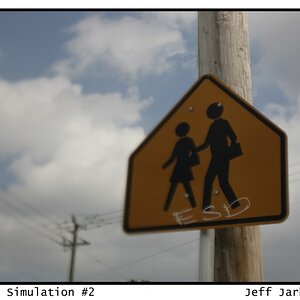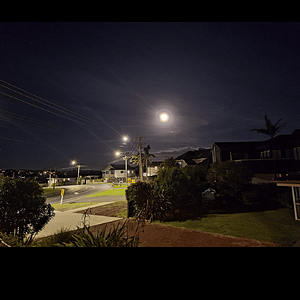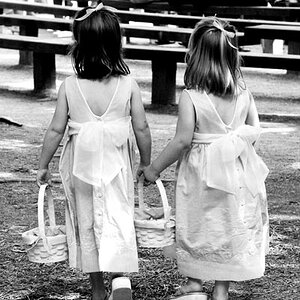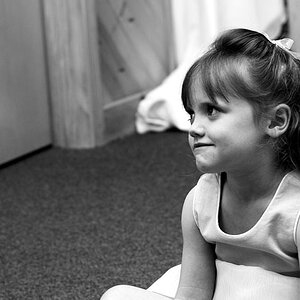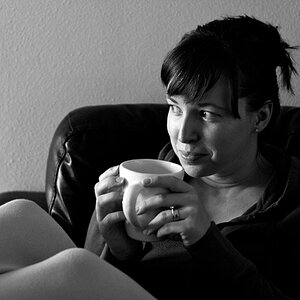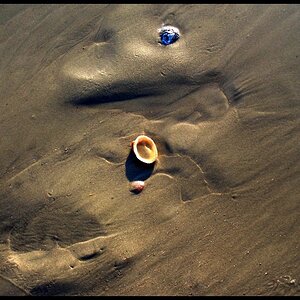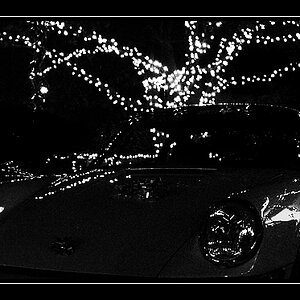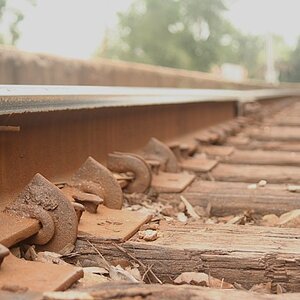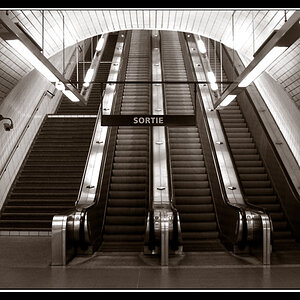D-B-J
Been spending a lot of time on here!
- Joined
- Apr 13, 2010
- Messages
- 9,027
- Reaction score
- 2,175
- Can others edit my Photos
- Photos OK to edit
Tokina's 12-28mm f/4 ATX covers full-frame from 18mm to 28mm. Read the Ken Rockwell review...it has excellent optics, and probably the lowest distortion of ANY wide zoom he's ever tested. Around $600 at the time of the review. Tokina 12-28mm Review
While I like the idea of a much wider zoom range, I really want it to be a 2.8 lens so I can use it for astrophotography. f4 just wouldn't cut it.
Best,
Jake
If you want images of point light sources that look like crap, shooting a cheap, ultra-wide angle lens at f/2.8 is great way to get it!
Yes, but I'll likely only shoot at 2.8 for astro stuff! And hey, 450 is an attractive price.
Best,
Jake
Sent from my iPhone using Tapatalk





